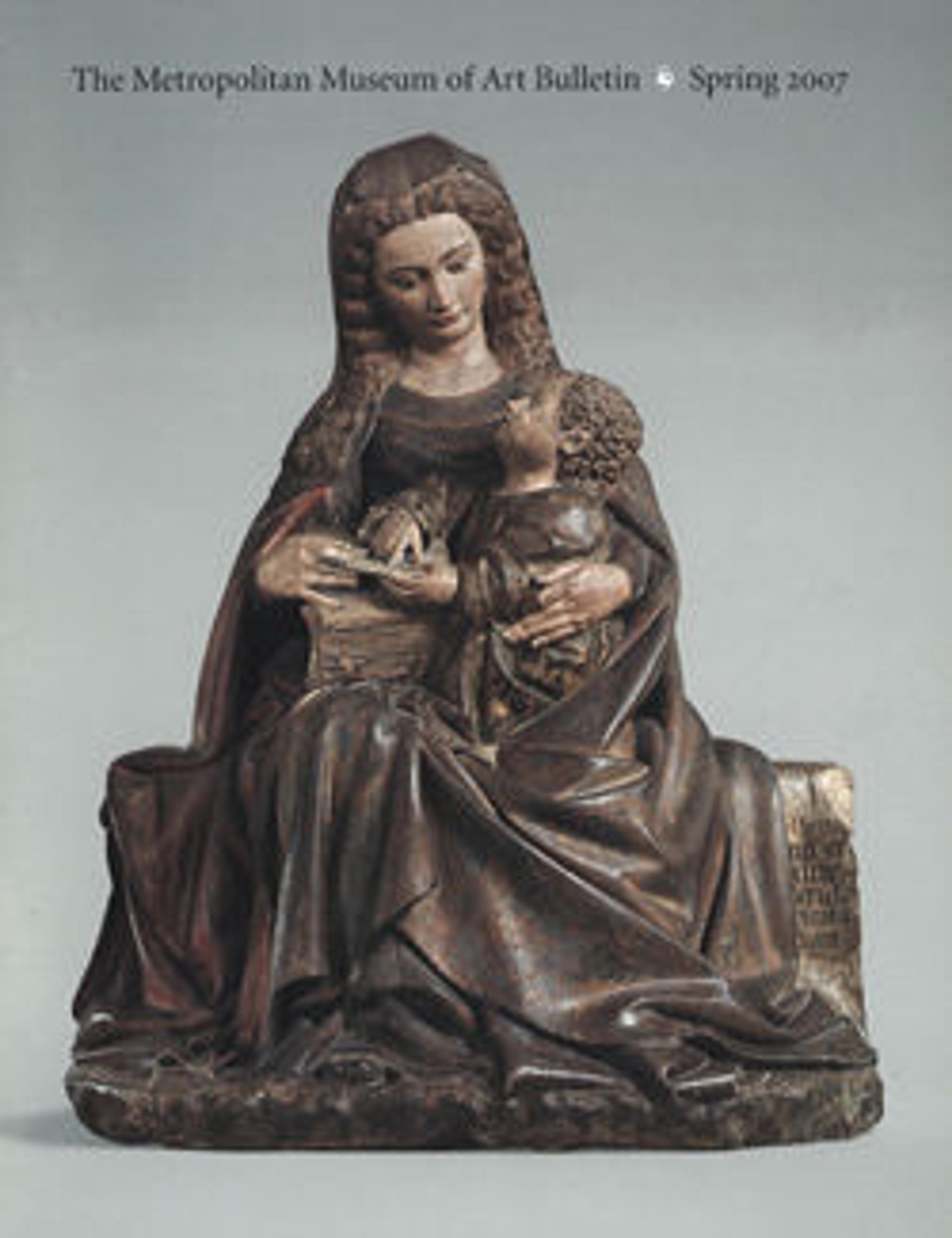Saint Margaret of Antioch
The legend of Saint Margaret, the Early Christian martyr also known as Marina, details the many painful ordeals she endured before her eventual death during the reign of Emperor Diocletian (r. 284–305). Having been swallowed by the devil in the guise of a dragon, the saint burst unharmed from its body after making the sign of the cross.
Dating from about 1475, this work is an outstanding example of the Languedoc style of the late fifteenth century, which was centered in medieval Toulouse. This work is remarkable for the contrast of the idealism and delicacy of the figure set against the scaly and coarse textures of the lizard-turned-dragon at the base of the composition.
Dating from about 1475, this work is an outstanding example of the Languedoc style of the late fifteenth century, which was centered in medieval Toulouse. This work is remarkable for the contrast of the idealism and delicacy of the figure set against the scaly and coarse textures of the lizard-turned-dragon at the base of the composition.
Artwork Details
- Title: Saint Margaret of Antioch
- Date: ca. 1475
- Geography: Made in Toulouse (?)
- Culture: French
- Medium: Alabaster, with traces of gilding
- Dimensions: Overall: 15 3/8 x 9 5/8 x 6 9/16in. (39 x 24.5 x 16.7cm)
- Classifications: Sculpture-Stone, Sculpture-Alabaster
- Credit Line: Gift of Anthony and Lois Blumka, in memory of Ruth Blumka, 2000
- Object Number: 2000.641
- Curatorial Department: Medieval Art and The Cloisters
More Artwork
Research Resources
The Met provides unparalleled resources for research and welcomes an international community of students and scholars. The Met's Open Access API is where creators and researchers can connect to the The Met collection. Open Access data and public domain images are available for unrestricted commercial and noncommercial use without permission or fee.
To request images under copyright and other restrictions, please use this Image Request form.
Feedback
We continue to research and examine historical and cultural context for objects in The Met collection. If you have comments or questions about this object record, please contact us using the form below. The Museum looks forward to receiving your comments.
